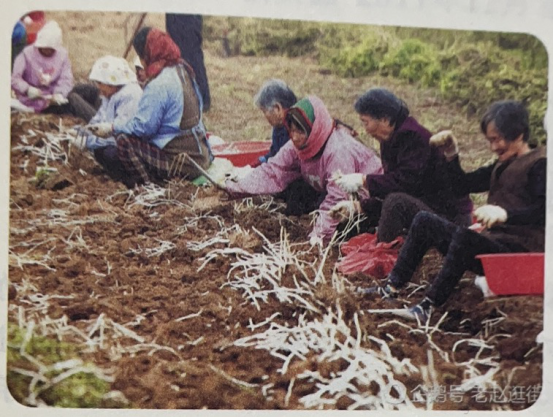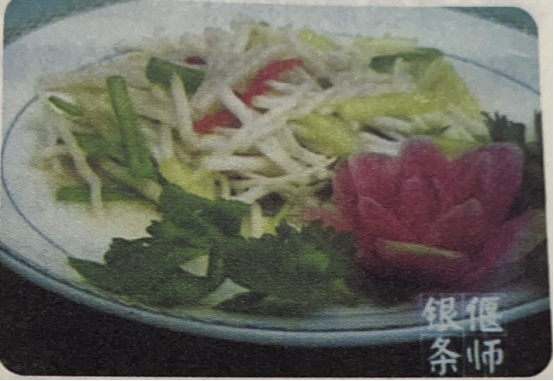申报地区:偃师市 2009年06月 第2批

偃师银条的种植栽培可谓久远,相传始于夏,兴于唐,盛于明清。
据说宰相伊尹在辅佐商汤时,在东寺庄带发现了一种“根茎洁白,嚼之酥脆”的草茎植物。作为“庖厨”出身的他,据其特点加以烹饪,便成了一道味美可口的佳肴,人们将其称为“尹条”。因百姓能以此换回银子,又称其为“银条”。以后,历代皇帝都对其美味赞赏有加,因而银条也就成了贡品。周恩来总理和刘少奇主席视察偃师时,品尝之后,都对银条给予很高评价。
因为气候,土壤等条件所限,适宜种植银条的地方极少,即使在偃师,历史上也仅在不足两公里范围之内的东、西寺庄、后庄少有此物。因为种植面积小,人们的消费水平低,又加之刨出土以后不易长时间保存,所以长期以来,农民刨银条一般都在寒冬腊月,以供人们购买少许,在过年时全家吃上几顿,再备以招待客人。
在20世纪90年代之前,因为种植面积小,产量亦低,又加之烹饪技术不易掌握,所以外地人很难品尝到银条的美味。近年来,在市场经济的促进下,技术人员经过反复研究,试验,终于生产出了银条的罐头制品,不仅保留了它的色、香、味,而且能长期保存,使银条这一过去只能在每年春节前后吃到的佳肴,现在一年四季都能吃到,消费人群也越来越大。

The cultivation of Yanshi Yintiao dated back to the Xia Dynasty and reached its peak in the Tang, Ming and Qing dynasties. It is said that Premier Yi Yin of the Shang Dynasty found near Dongsizhuang village a kind of herbaceous stem plant, with white rhizome and crispy texture when chewing. As a former chef, Yi Yin made a delicious dish out of this special plant and thus Yintiao gained its name. Yin also means Yinzi(silver, currency of that time) in Chinese, because local people could trade Yintiao for silver. Later, Yintiao has received praise from emperors and became a tribute to the emperors all through the dynasties. When Premier Zhou Enlai and Chairman Liu Shaoqi visited Yanshi, they both spoke highly of the silver rhizome after tasting it. For a long time, farmers usually dig Yintiao in the winter months, a small portion of which are for sales and the rest are for family dinner during the Spring Festival. Before the 1990s, it was difficult for people outside Yanshi to taste the delicacy because of its low yield and difficulty in mastering cooking technique.In recent years, technical personnel have made repeated studies and experiments, and finally canned Yintiao were produced, which can not only retain its color, aroma and taste, but also can be preserved for a long time. That' s why the dish of Yintiao, which used to be a delicacy only enjoyed around the Spring Festival each year, can now be tasted all the year round, and the consumer population is also expanding.
